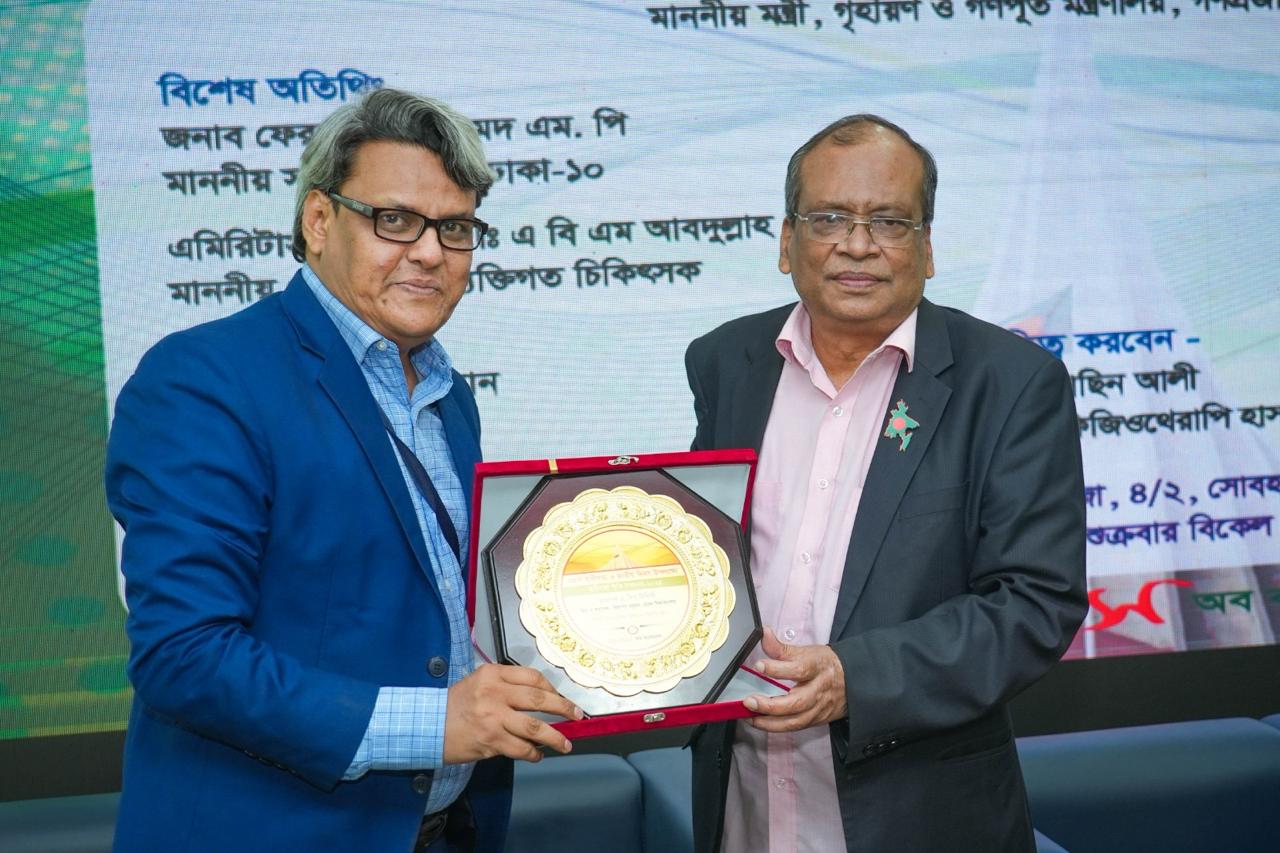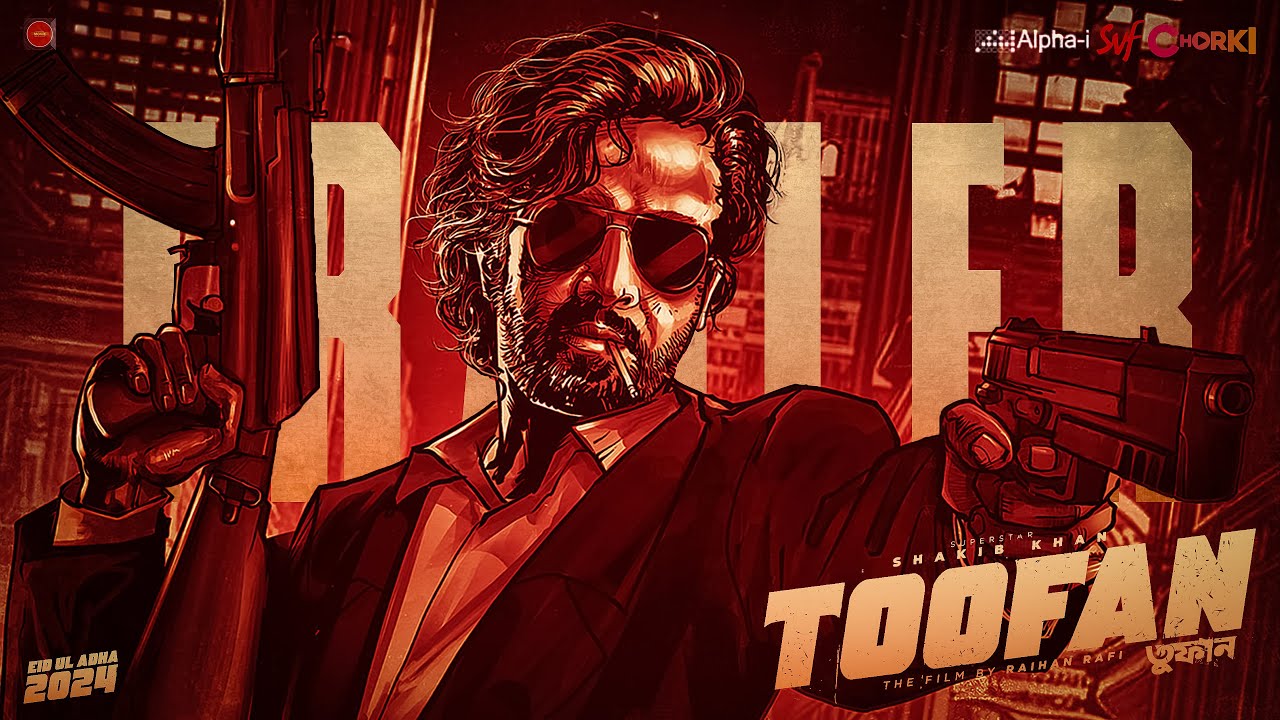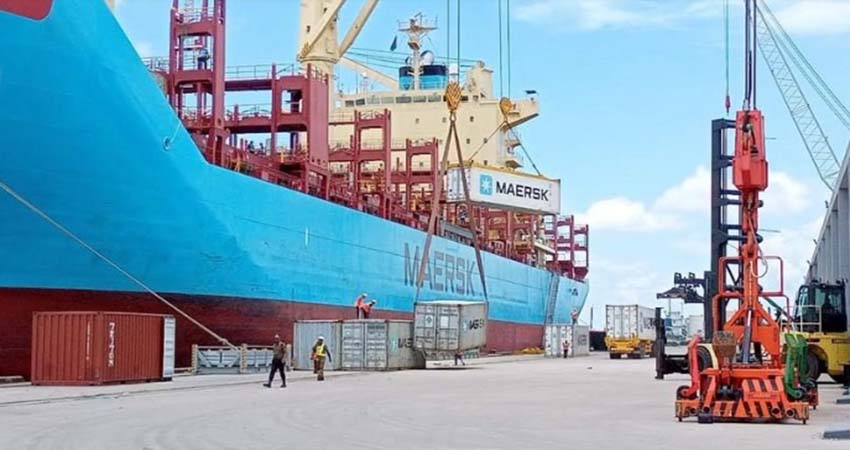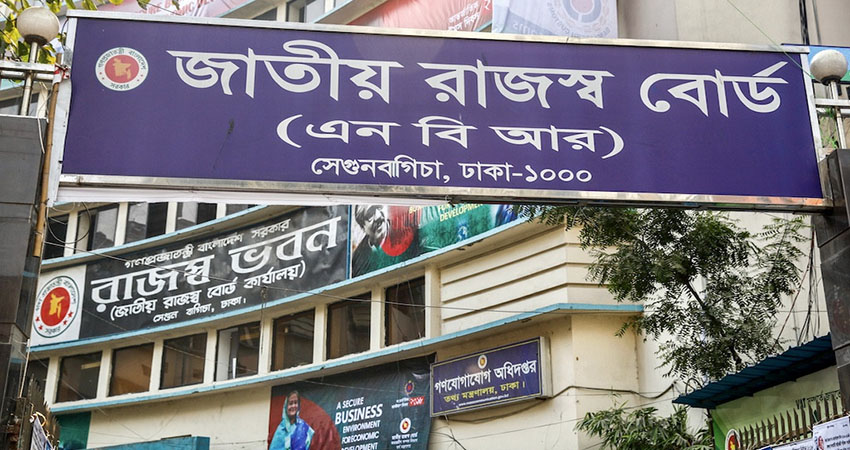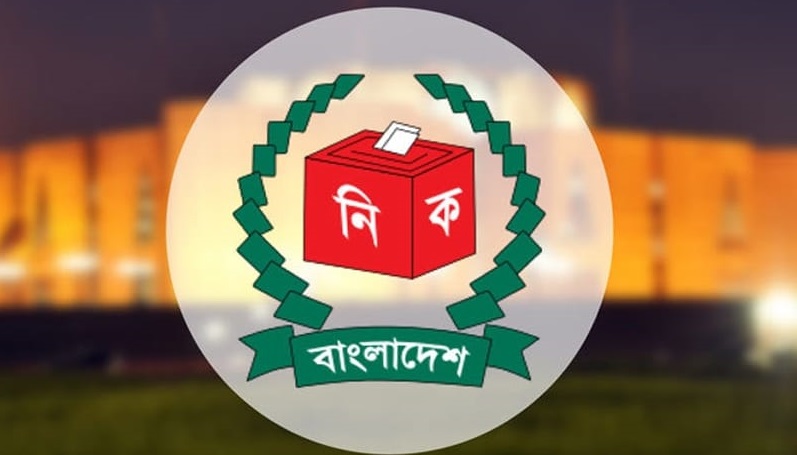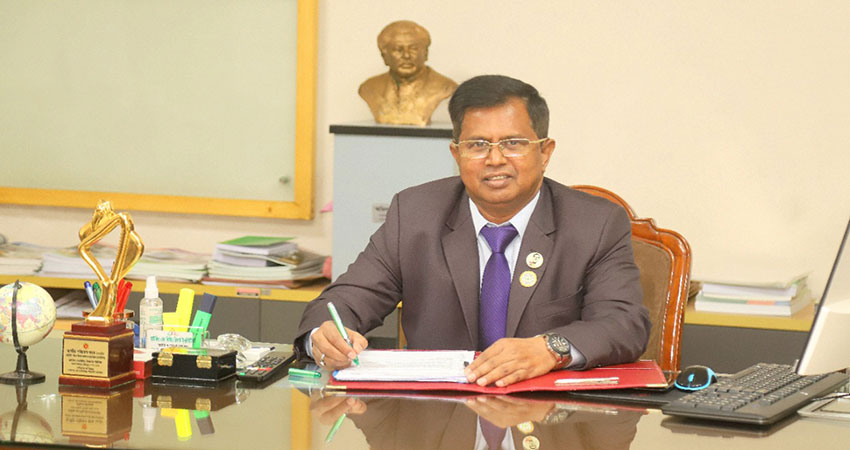Silk is a natural protein fiber of which some types are used in textile weaving. The most common type of silk from the cocoons of silkworm larvae called Bombyx mori. A type of thread is obtained from the cocoons of a silkworm. This thread is produced commercially by rearing silkworms under special systems. The method of rearing silkworm cocoons is called sericulture.
Four types of silk have been produced in Bengal for a long time: mulberry, endi, muga and tasar. The first is made from the cocoons of the silkworm of the order Bombyx, which feeds on the leaves of the mulberry tree. The second is made from silkworms of the order Phyllosemia which feed on the leaves of the castor tree. The third is from silkworms of the class Antheraea assamensis, which feed on leaves of bay leaf and camphor, and the fourth is from silkworms of the order Antheraea, which feed on oak leaves. Mulberry silk is often considered the most valuable.
The history of sericulture as an important rural industry in Bengal and a major instrument of international trade started many years ago. For example, this silk was known as Ganges silk in distant Italy in the thirteenth century. From the long history of sericulture in Bengal, village households carry out the first three stages of sericulture: mulberry cultivation, cocoon rearing and spinning. The thread is then sold to skilled weavers in nearby villages or towns to make different types of silk cloth.
Bengal produced so much silk that it was exported in large quantities after meeting the local demand. It was this silk market that first attracted European merchants to Bengal. Beginning with the establishment of trading on a small scale, European merchant companies eventually dominated the textile industry of Bengal. Gradually they influenced Bengal's ready-made garment industry and instead of exporting textiles, they started exporting textile raw materials to meet the demands of the expanding world market.
By 1835, the activities of the British East India Company had rendered one hundred sericulture centers in the region inactive. Since then private companies have expanded the raw silk trade to a large extent and the silk export trade has been booming for some time. But in the 1870s, due to epidemics of silkworm disease and technical stagnation, Bengal's silk industry lost its foreign market.
In the early 20th century, the demand for Kashmir and Mysore silk was created due to the decline in the price of Bengal silk in the South Asian market. By 1930, silks from China and Japan had taken the place of Bengali silks, and even these silks started arriving in Bengal. As a result, there was an extreme disaster in terms of employment in Bengal. This disaster in silk production worried the then government of Bengal.
Pakistan government had no interest in silk production. An opportunity was given to develop the silk industry under private ownership. But no entrepreneur came forward in this regard. There was no protective tariff policy on imports and exports either. The government gave unrestricted access to the import of raw materials for silk production. However, the provincial authorities of East Pakistan took several steps to develop the silk industry. As a result, Rajshahi Silk Factory was started in 1962 with government funding.
After the independence of Bangladesh in 1971, a more coordinated policy was adopted for the development of the silk industry. Besides, this industry received foreign aid and technical assistance. Bangladesh Sericulture Board was established in 1977 to coordinate the activities of the silk sector. Meanwhile, some private companies have come forward to produce silk. While some local successes have been achieved, most initiatives face challenges. At that time Bangladesh's silk production was about half of India's silk production.
Than cloth from silk prepared first on handloom or power loom. Garments made from silk include Saree, Kameez, Three Piece, Lehenga, Veil, Shirt, Punjabi, Fotwa, Scarf, Handkerchief, Tie, Baby Wear etc. Sarees and other ready-made garments are made in various designs to bring variety. Various materials such as dyes, colored yarn, lace, beads, glass, plastic are used in these designs.
Silk industry in Bangladesh
Silk industry in Bangladesh
Garad is a traditional and very popular silk saree. Another popular saree made of silk is Dhakai katan. Mohajers from Banaras in Uttar Pradesh, India started weaving Banarasi Katan at Malitola, Becharam Deuri, Dakshin Mousundi and Lalmohan Saha Streets in Dhaka city. Later they settled in Mohammadpur and Mirpur. Hole loom is used in katan weaving. Jacquard is used to design sarees on these looms. Spinning silk yarn is called Katan. Banarasi saree is also known as katan saree because twisted yarn is used.
Silk production is a very complex process. Silk is made from silk cocoons. The silkworm is actually the caterpillar of the silk moth. Their only food is mulberry leaves. Silkworms hatch from eggs and after pupation they emerge as silk moths. The female moth then lays eggs to restart the cycle. In the cocooned state, the silkworms are boiled and spun by killing the pupae and then cocooned.
Almost all silkworms in Bangladesh are raised in bamboo trays in villages. Silkworm rearing is very labor intensive, especially at the end of the season when thousands of silkworms feed on the leaves, requiring considerable labor. Silk dyeing, weaving and printing are carried out in small factories in villages and advanced factories in cities. Different names of silk are common among silk makers in Bengal. For example, a silkworm grower is called bosni, a silkworm is called pollu, a dormant state of silkworm is called chonch or bijan guti, an epidemic disease of silkworms is called kota disease and a germ-infecting fly is called uji.
The silkworm or cocoon looks like a pigeon's egg. The threads of the cocoon are unstructured, but inside there is a single thread more than 500 meters long that is concentrically arranged. It takes three days to form a cocoon. Variations in cocoon shape and color are observed. Within 8 days the larvae inside the cocoon turn into pupae. Before it turns into a pupa, the cocoon should be boiled in hot water to kill the insect inside. Silk thread is collected from this cocoon. If the complete pupa turns into a moth and breaks the cocoon ends, the continuity of the yarn is broken and the quality of the silk yarn is reduced.
The silk market of Bangladesh is completely local. Sometimes the demand for silk is beyond the local supply and silk is imported mainly from India through legal and illegal means. Silk plays a significant role in the life of the upper classes of Bangladesh. The elegance of a single silk saree is much more than an expensive beautiful dress. The silk saree is a symbol of wealth, civilization, traditional beauty and cultural independence of the Bengali woman. Different patterns and designs of silk have special names in Bengali such as Garad, Matka, Banarasi etc.
Writer: Columnist, and Asst Officer, Career & Professional Development Services Department (CPDS), Southeast University.


